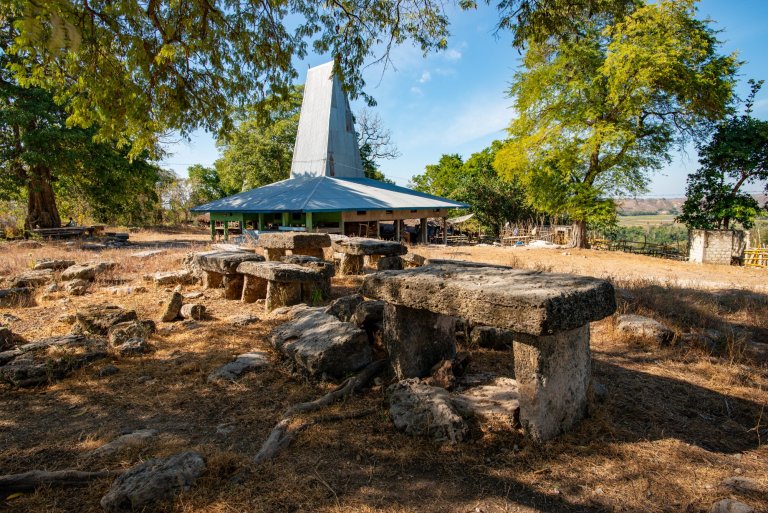
© Fabrice MONNA / ARTeHIS / ArcHiMèdE / IUF / CNRS Images
View the mediaScientific news
In celebration of the National Day for the Remembrance of the Slave Trade and its Abolition, CNRS Images is showing a selection of films exploring various aspects of the work carried out by historians and descendants of slaves to preserve this terrible memory.

© Fabrice MONNA / ARTeHIS / ArcHiMèdE / IUF / CNRS Images
View the media
On 10 May we celebrate the National Day of Remembrance of the Slave Trade and its Abolition. This day that has a particular symbolic significance this year, due to the scale of the anti-racist demonstrations that have taken place around the world in recent months, but it is also the twentieth anniversary of the Taubira law, which recognised slavery as a crime against humanity in 2001.
Behind the questions of remembrance and the necessary political reflection on the legacy and contemporary repercussions of this period, science naturally has a decisive role to play in unravelling the complexity of colonial relationships, the mechanisms of a slave society and the historical and intellectual context in which it was established. This invaluable work is the only means of laying the foundations for a national and international remembrance of this long-term crime, but also for teaching people at all levels of the educational system.
The aim is also to understand how the transatlantic slave trade disrupted local ancestral cultures, which are now trying to rebuild themselves by reclaiming their cultural, religious and diasporic heritage. This will inevitably be a long and difficult quest, made even more complex by the fragmentation of communities and the weight of being forced to create roots within the settlers' cultural universe.
For this day of remembrance, CNRS Images invites you to discover documentary films dedicated to slavery, exploring both the work of historians and communities whose ancestors were victims of the slave trade, and who are today still trying to rebuild themselves despite the trauma.
Our work is guided by the way scientists question the world around them and we translate their research into images to help people to understand the world better and to awaken their curiosity and wonderment.